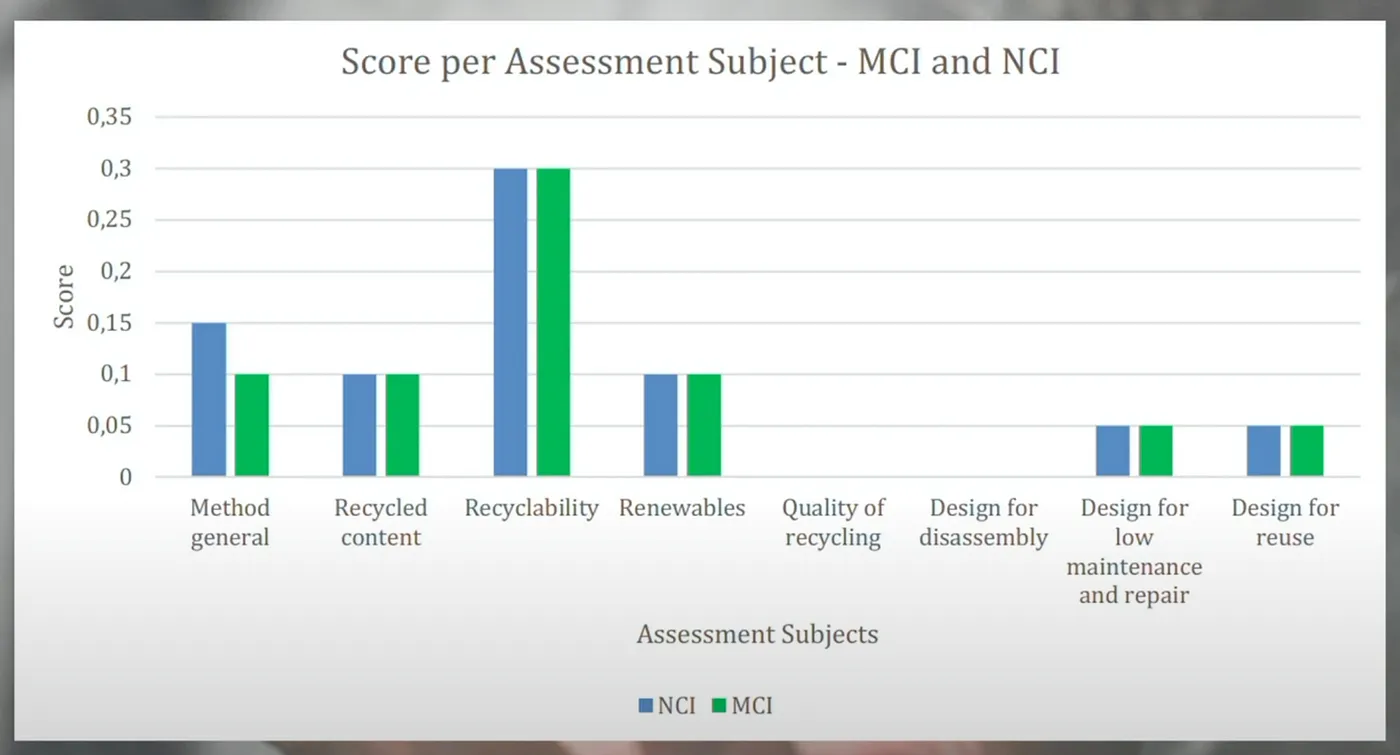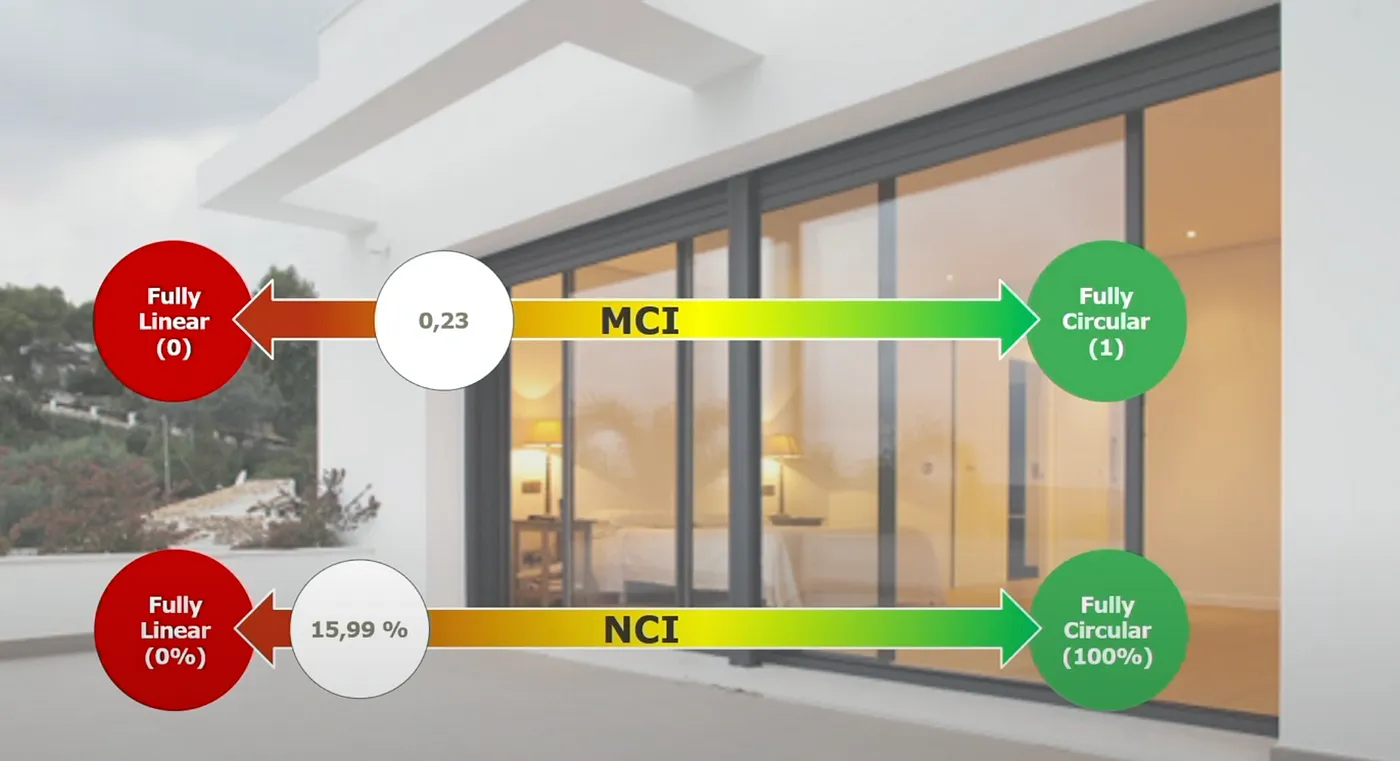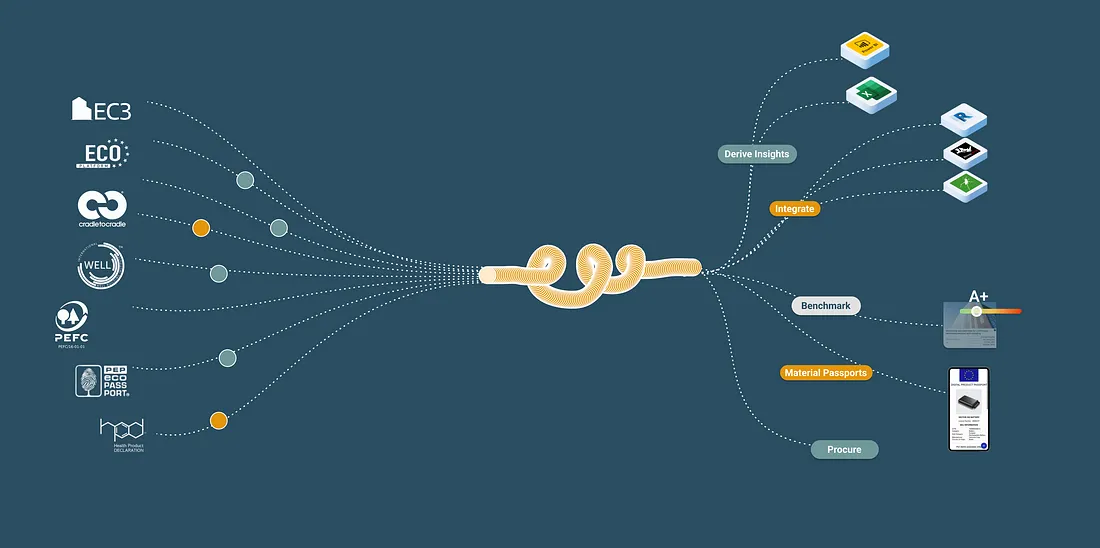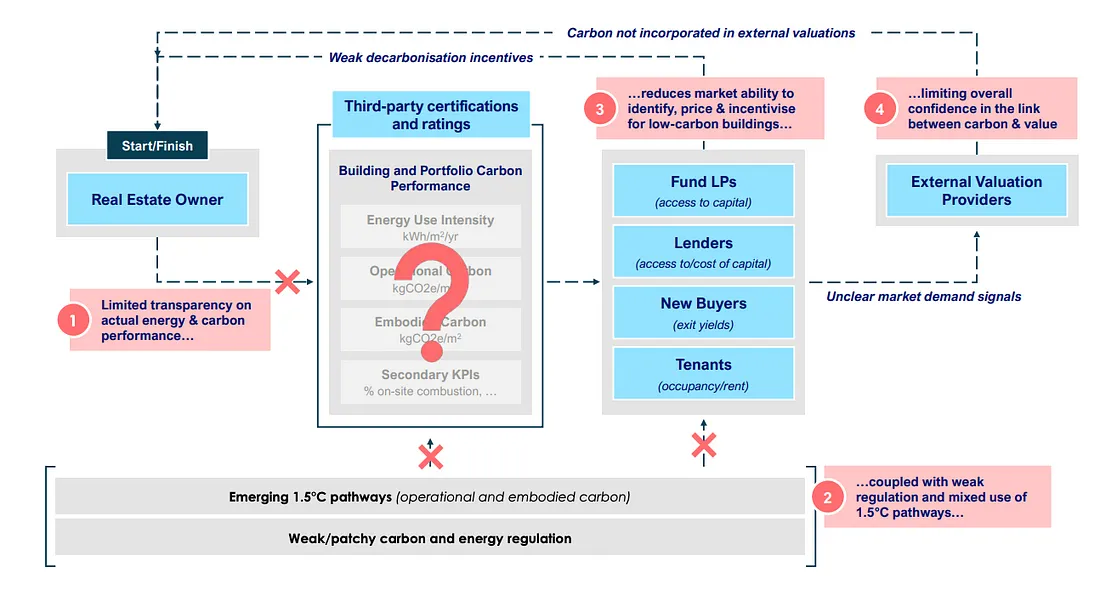Embedding the Circular Economy in EPDs
 This article is based on the latest update on the topic by Martin Blumberg who leds the Circular Economy Task Force on ECO platform, The video of the talk can be found below.
This article is based on the latest update on the topic by Martin Blumberg who leds the Circular Economy Task Force on ECO platform, The video of the talk can be found below.


Introduction to Circular Economy in Construction
The concept of a circular economy in construction revolves around rethinking the traditional linear model of ‘take, make, dispose’ and transforming it into a sustainable cycle of ‘reuse, recycle, and recover’.
This approach emphasizes minimizing waste, extending the lifecycle of materials, and reusing resources to create a more sustainable and environmentally friendly construction industry.
By prioritizing sustainable materials, efficient design, and innovative recycling methods, the circular economy aims to reduce environmental impact and foster a more sustainable future in construction. This shift not only benefits the environment but also presents new economic opportunities and encourages innovation in building design and material usage.
The Role of EPDs in Circular Economy
Environmental Product Declarations (EPDs) have evolved to become crucial in providing environmental information based on the life cycle of products. Globally, they are being integrated into policy frameworks to support circular economy principles.
Developing Circular Economy Frameworks for EPDs

In 2022, the EPD platform’s Circular Economy Task Group was established to create a standardized approach for assessing products’ alignment with circular principles. The task group aims to integrate these standards into EPDs by early 2025.
Key Steps for EPD Integration
- Develop recognized methods for circularity assessment.
- Propose integration of circularity information in EPDs.
- Create verification guidelines for circularity in construction products.
Methodologies for Circularity Assessment
The Task Group analyzed existing circular economy methods to develop a comprehensive circularity assessment framework.
Comparative Analysis of Circularity Methods
- Material Circularity Indicator (MCI) by Ellen MacArthur Foundation
- New Circularity Index by NLX and ICMQ

Pilot Study Insights and Future Directions
A pilot study with a sliding door manufacturer highlighted the usability and data collection aspects of the MCI and NLX & ICMQ methods. Future steps include further engagement with Green Building Councils and manufacturers for method refinement.
Conclusion
Integrating circular economy principles in EPDs is vital for aligning construction projects with global sustainability goals. The Circular Economy Task Group’s efforts will ensure EPDs accurately reflect a product’s sustainability credentials, leading the way to a resource-efficient future.

Related articles

The Age of Integration — 10 Examples of Integrating Carbon Data in AEC, and Why They Matter
By integrating carbon data into the target-setting process, stakeholders can base their goals on real, actionable data, leading to more effective and sustainable project outcomes.
Read more
Net Zero is a Data Integration Problem
In recent years, numerous organizations in real estate and infrastructure have committed to ambitious net zero targets. This means reducing reliance on non-renewable energy and materials and adopting more sustainable design, engineering and procurement practices.
Read more
Tapping into the Low-Carbon Real Estate Market
This article is based on a paper by Leaders of the Urban Future (LOTUF) in partnership with Systemiq and highlights the required steps to decarbonizing in the real estate sector for a greener future.
Read more